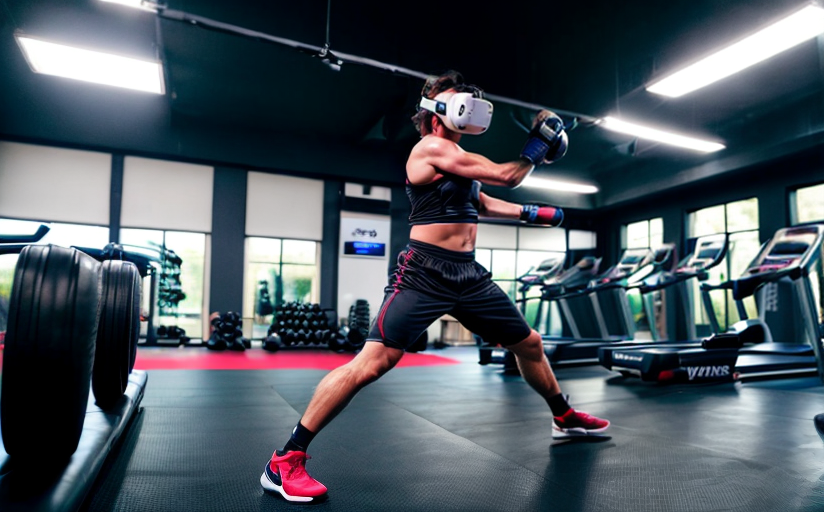Virtual Reality Technologies: Revolutionizing Sports Training and Fitness Regimes
In the realm of sports and fitness training, a revolution is underway. This isn't another new diet trend or a ground-breaking technique - it's virtual reality (VR). This technology, once associated primarily with video games and entertainment, is significantly reshaping the fitness landscape.
Benefits of Virtual Reality in Sports Training
VR presents unique advantages to the world of sports training, flexibility being one. The technology offers a safe environment which simulates real-world conditions without the inherent risks. For instance, ski racers can train for downhill races without the fear of crashing. Furthermore, VR allows for meticulous tracking of performance, permitting athletes to understand and improve their technique in a way not possible before.
Drawbacks of Virtual Reality in Sports Training
However, its use in physical conditioning is not without drawbacks. The high cost of VR technology and demands for space make it inaccessible to many. Additionally, there can sometimes be a disconnect between the virtual and real world, not all physical nuances can be replicated in a VR environment.
Case Studies of VR Use in Sports Training
Remarkable successes have been recorded in sports incorporating VR into their training regimen. The NBA's Sacramento Kings incorporated VR to enhance player's cognitive training. Also, the ruling MLB champions, the Chicago Cubs, utilized VR to improve their batters' strike-zone awareness and decision-making abilities.
How VR is changing the approach to physical conditioning and skill acquisition
Physical conditioning and skill acquisition in sports can gain significantly from VR. In football, for instance, goalkeepers can train using a virtual reality simulation of an opposing team's penalty shootout strategy. This enhances not only the physical fitness but also mental agility in decision-making under pressure.
Future Implications of VR in the Fitness Landscape
As VR technology continues to evolve, its immersion into the fitness landscape is expected to deepen. High-end home fitness equipment's are already featuring VR incorporation, making personalized, interactive, and immersive fitness training feasible at home. So, moving forward, we can expect VR to further transform the fitness landscape – making it more interactive, tailored, and immersive.
Indeed, Virtual Reality is not a mere fad in the sports and fitness world; it’s a game-changer. As it continues to blur the line between the physical and virtual worlds, we can expect remarkable advancements in sports training and fitness regimens.
















Comments
Leave a Comment